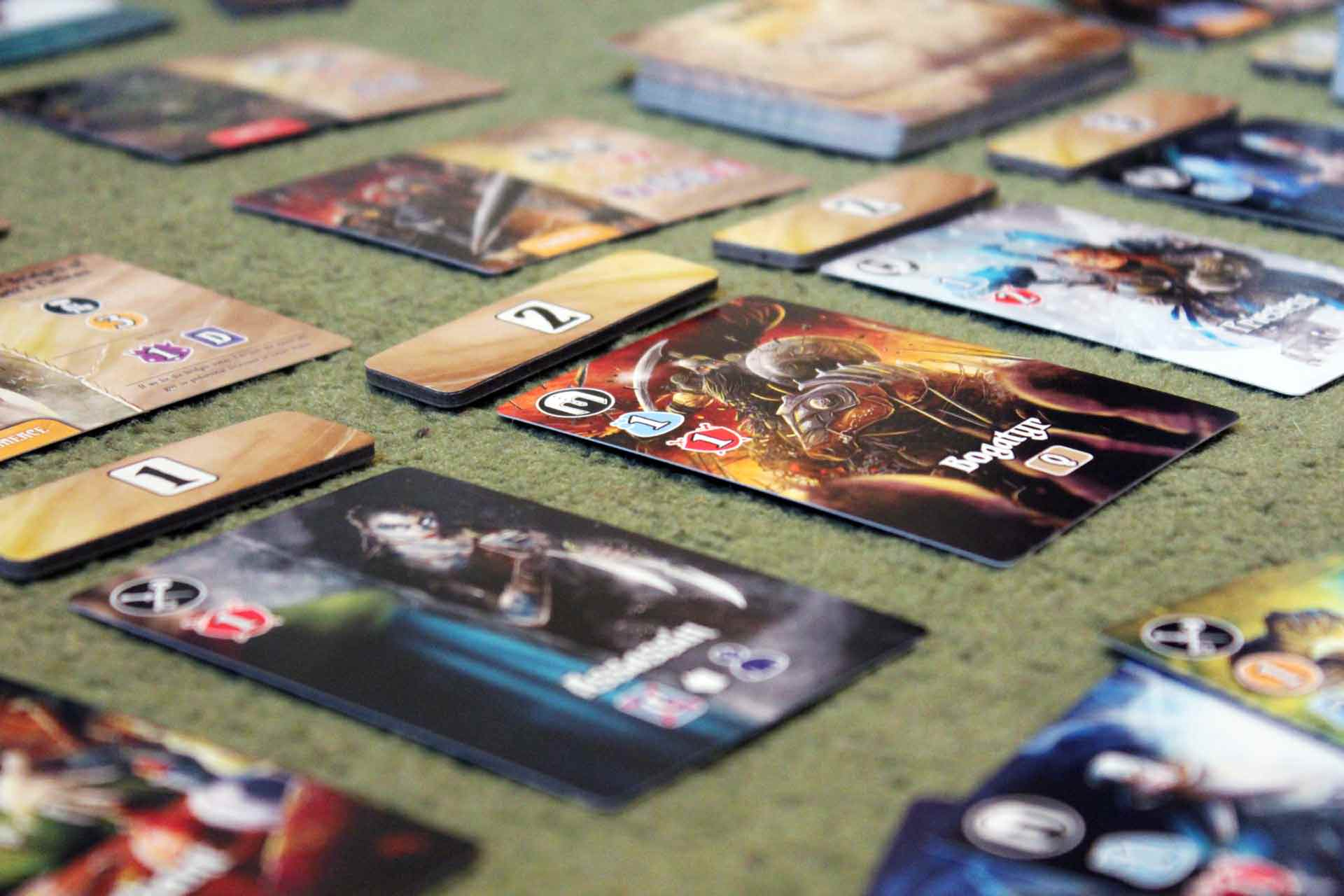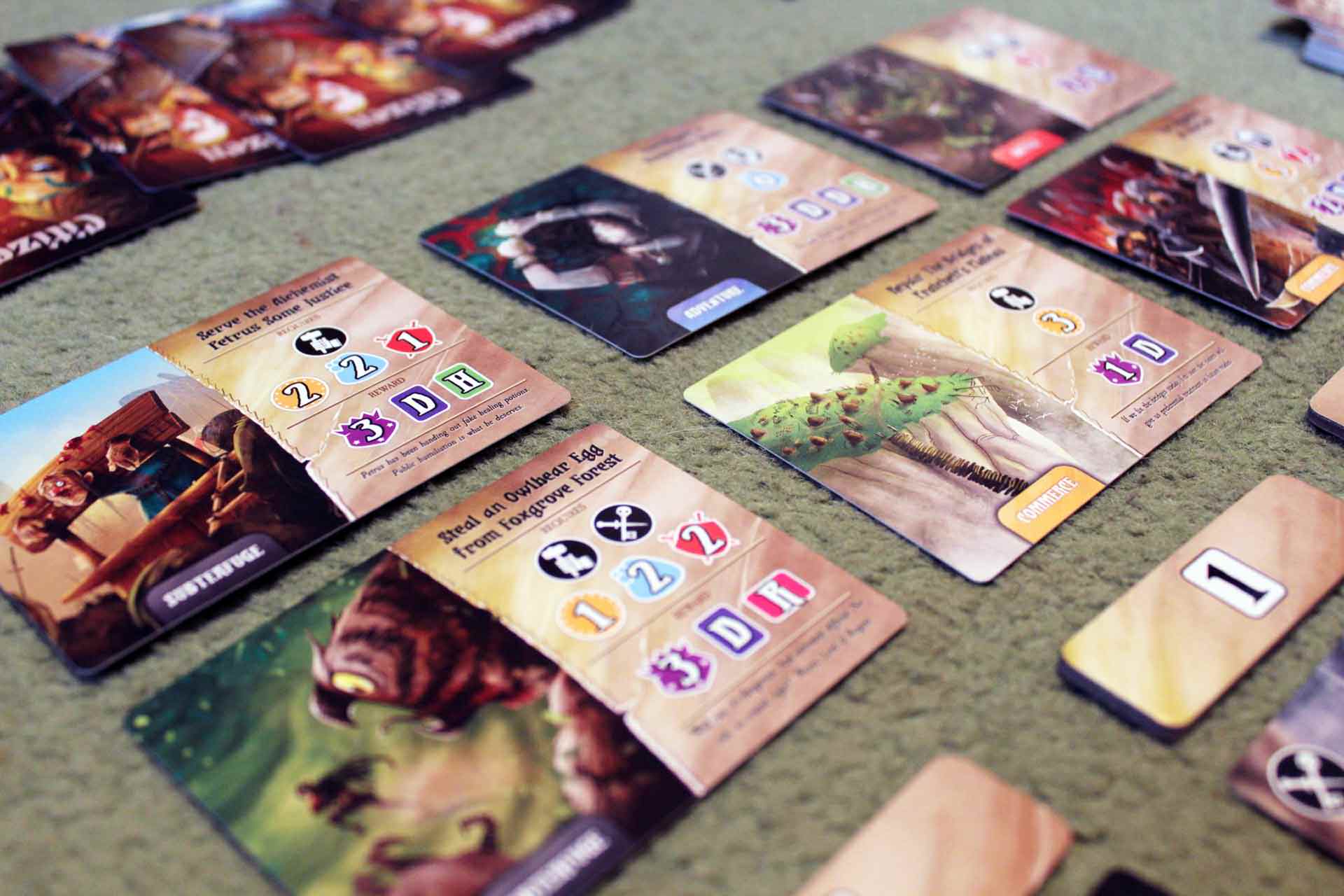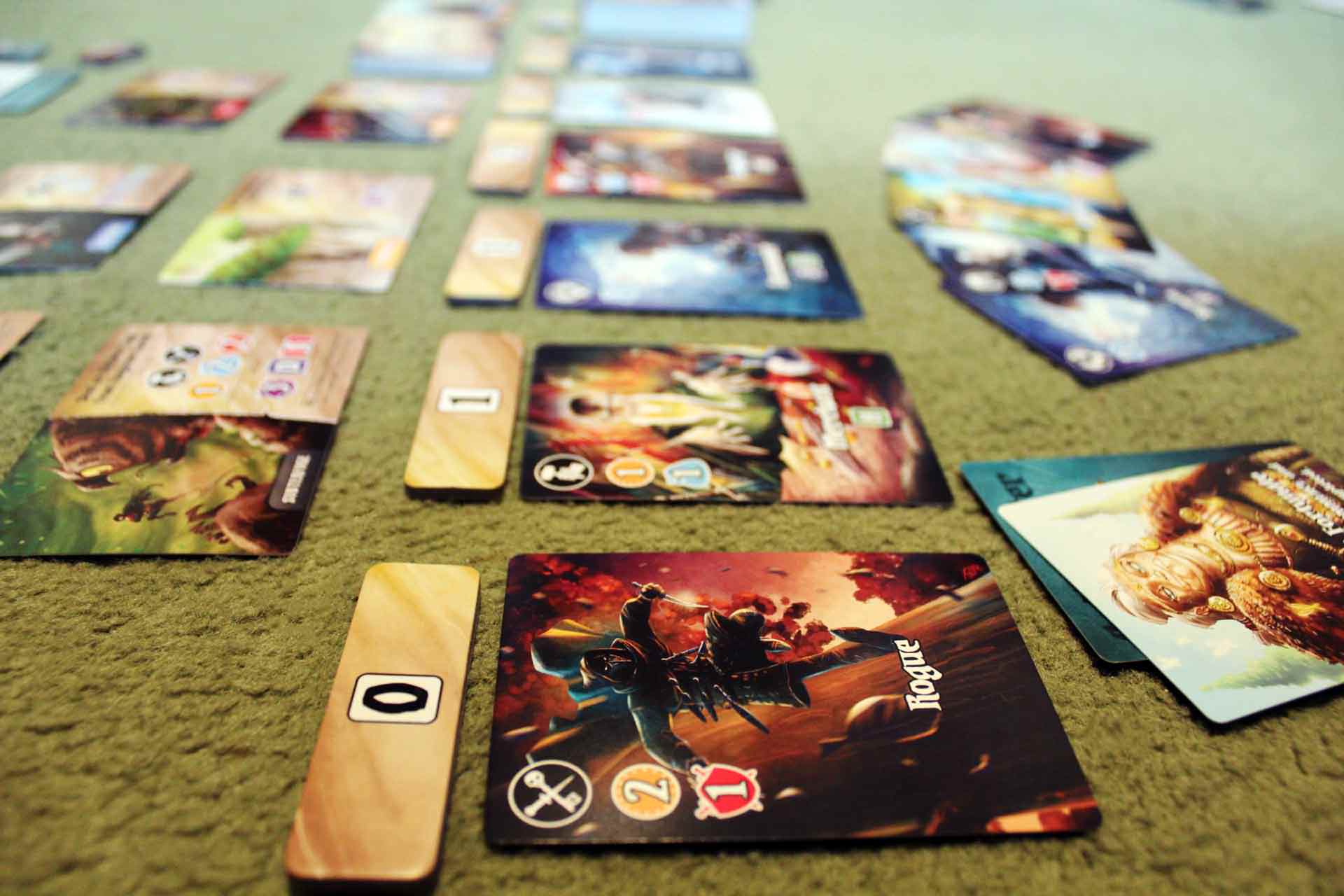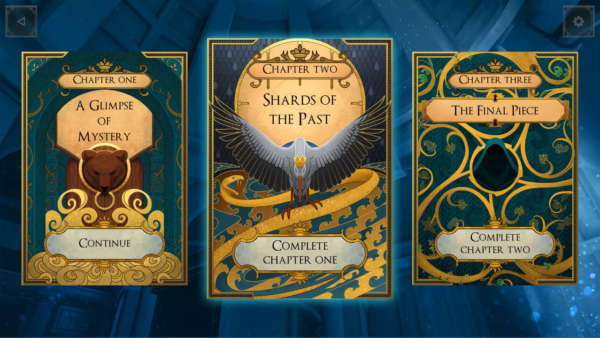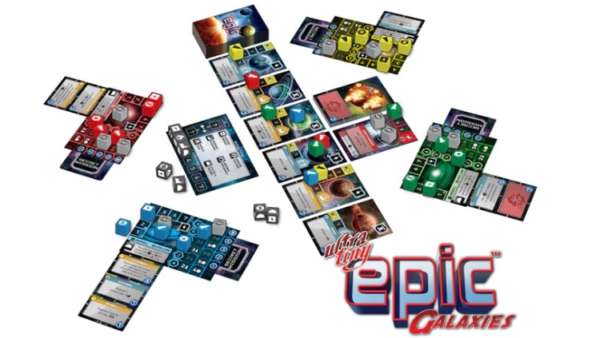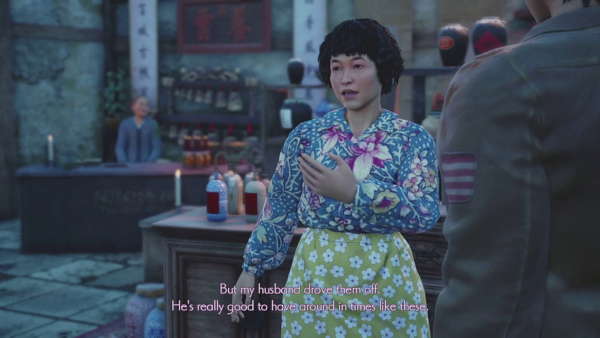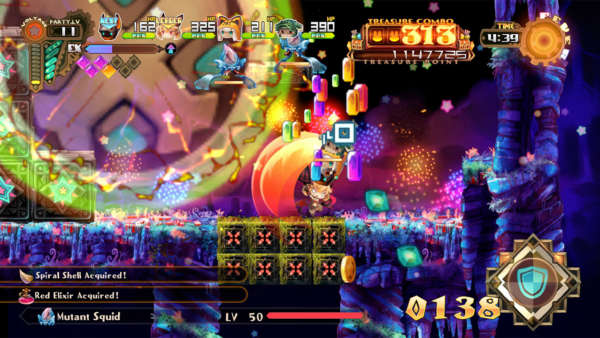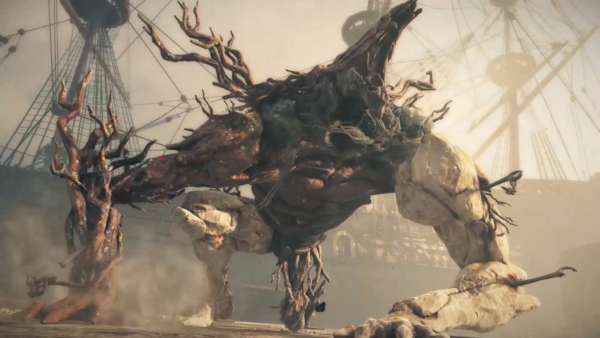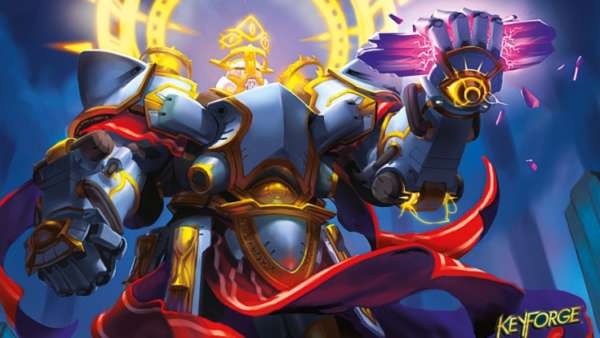Quests of Valeria is the third game in the series, where you are tasked to recruit adventurers to complete various quests in the Kingdom. This game really reminds me of a PC game called Majesty 1 & 2, where instead of playing the adventurer you play as the recruiter in the Guild Hall or similar. Advanced tip, I really enjoyed Majesty the game…
As resource management games go, whether on PC or table-top like Quests of Valeria, your key is down in the name. Manage your resources to be able to come out on top. This game is playable between 1 – 5 players but it probably best suited for 3-4 players. It is perfectly acceptable and achievable to play on your own but having people other than yourself can add to the fun.
In a nutshell, the game works by recruiting adventures and players take turn to send those adventurers out to complete quests. When completing a quest, players are rewarded with victory points and bonus actions. When any player reaches 5 successfully completed quests, the game ends and the one with the most victory points wins. The three main decks in the game would be Citizen cards, Quest cards and Guild Master cards which are all easily marked on the back. Some additional cards come with the pack, which act as quick reference cards allowing you to understand the various iconography at a glance without having to refer back to the rule book. These types of games work well with these information cards, each player can be given one and there is no need to waste time every turn trying to remember or work out what the little red shield means.
